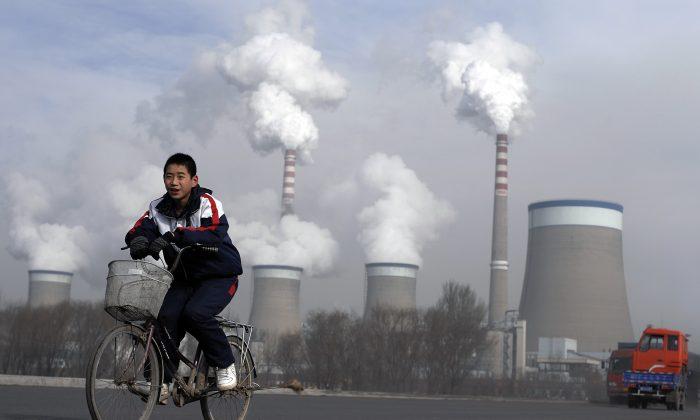Environmental group Greenpeace found that Chinese infrastructure still depends on carbon-intensive supply chains, though new infrastructure such as 5G emitted less carbon than traditional ones last year.
The findings show emissions from China’s new infrastructure industries are 7.24 percent lower than in traditional infrastructure. The industries covered by researchers include 5G technology, artificial intelligence, and data infrastructure, according to the report by Greenpeace, which was released on Wednesday.
Yet the report records few considerations for “greenness and inclusiveness,” adding that further policies need to be in place.
“As long as the whole new infrastructure supply chain relies on China’s high-emissions energy mix, cutting emissions here will be a struggle,” said Zhang Kai, deputy program director in Greenpeace East Asia’s Beijing office.
Experts believe that global efforts to fight climate change will be in vain without a dramatic cut in China’s carbon emissions.
The communist leader Xi Jinping claimed at an April summit that China “will strive” to reach carbon neutrality before 2060 and peak carbon emissions by 2030.
To date, Beijing has not disclosed a national scheme to lower emissions.





Friends Read Free